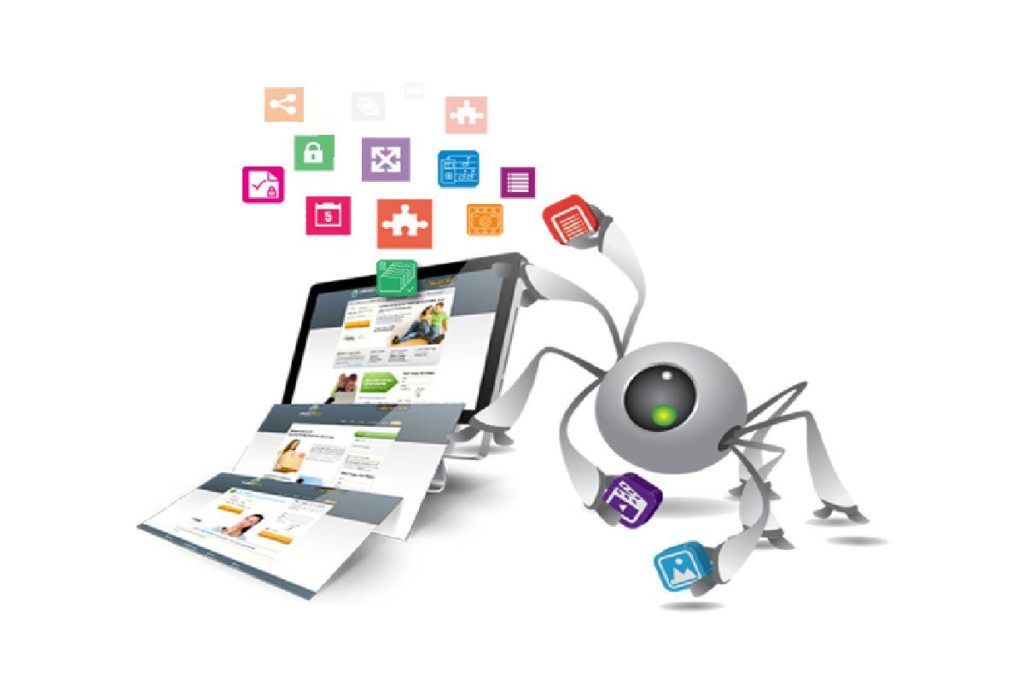Content Scraping Definition
Content Scraping is a process of using bots to extract content and data from a website. In this way, the HTML code extracted.
And, with it, the data stored in the database. It means that all content on the website can be duplicated or copied elsewhere.
Content scraping used in many digital companies dedicated to the collection of databases.
To better clarify what web scraping is, you should know what the legitimate use cases are:
- Search engine robots crawl a site, analyze its content, and then rank it.
- Price comparison sites that implement bots to get prices and product descriptions for allied vendor websites automatically.
- Market research companies that use it to extract data from forums and social networks.
For more information on what Content scraping is, you should know that it also used for illegal purposes.
Do you know what Content scraping is?
Content Scraping tools are software, that is, bots programmed to examine databases and extract information. A wide variety of bot types are used, many of them fully customizable for:
- Recognize unique HTML site structures.
- Extract and transform content.
- Store data.
- Extract data from APIs.
Since all bots use the same system to access site data, it can sometimes be difficult to distinguish between legitimate bots and malicious bots.
What are the Key differences between legitimate and malicious bots?
There are a few key differences that will help you distinguish between the two:
- Legitimate robots identify with the organization for which they do so.
- Legitimate robots respect a site’s robot.txt file, which lists the pages that a robot can access and those that cannot.
- The malicious robots, conversely, masquerading as legitimate traffic to creating a fake HTTP user.
- Malicious users, on the other hand, crawl the website regardless of what the site operator has allowed.
Owners of individual bot computers are unaware of their involvement. The combined power of infected systems allows large-scale scraping of many different websites by the author.
Examples of a Content scraping
It is considered malicious when data is extracted without the permission of website owners.
The two most common use cases are price scraping and Content theft.
1. Price scraping
- In price scraping, it is one of the variants to know what content scraping is. This is an attacker who generally uses a botnet from which to launch web scraping bots to inspect competing databases.
- Since customers always opt for the cheapest offer. To gain an advantage, a vendor can use a bot to continually scrape their competitors’ websites and almost instantly update their own prices accordingly.
2. Web Scraping

- Web Scraping is another way to understand what web scraping is. It is, and l theft of large – scale content of a particular site.
- Typical targets include online product catalogs and websites that rely on digital content to drive business. For these companies, a content scraping attack can be devastating.
Also Read: What is Moovly? – Definition, History, Features, and More


